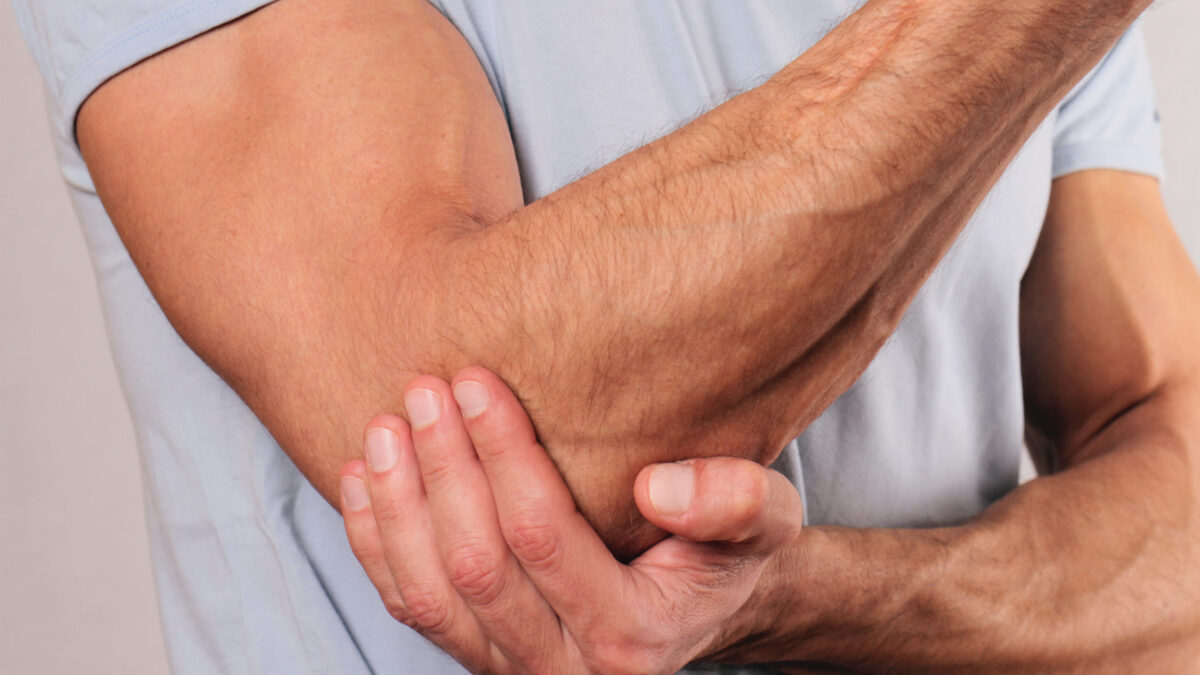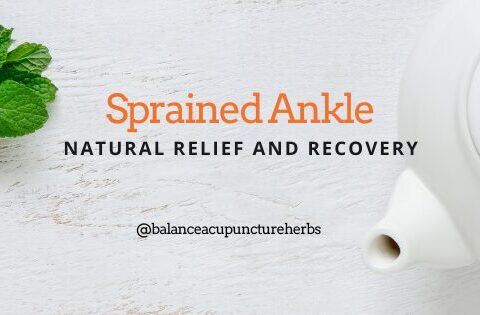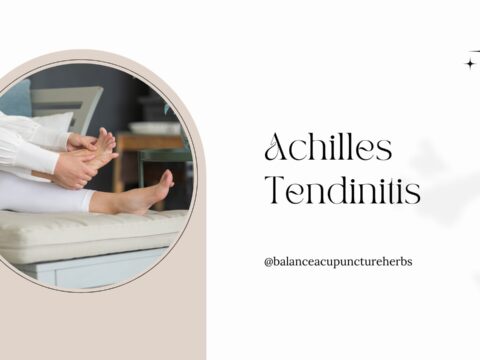
Step of Acupuncture Care
February 28, 2021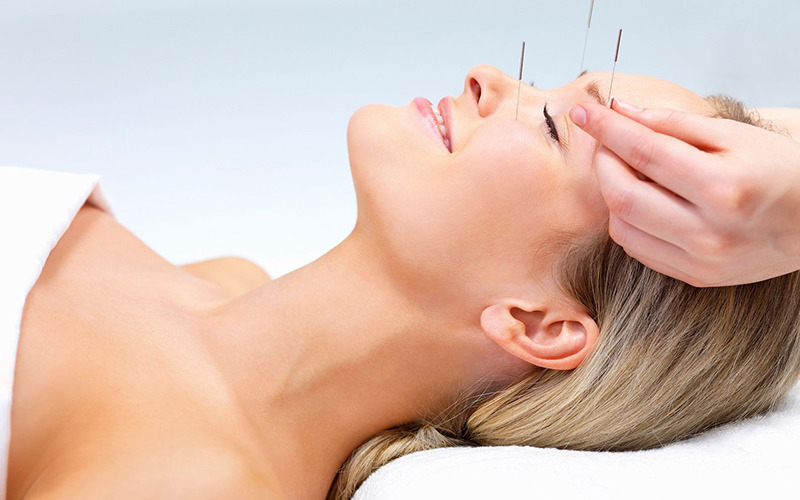
Is Facial cosmetic acupuncture a safer alternative to surgery or Botox?
April 15, 2021|
Getting your Trinity Audio player ready...
|
Does Acupuncture Work for Tennis Elbow?
Are you grappling with elbow pain that turns daily activities into a burden? If so, you’re certainly not alone.
Tennis elbow, or lateral epicondylitis, affects countless individuals. While tennis players commonly associate it with their sport, anyone can develop this condition because of repetitive arm movements.
The good news is that there are many effective treatments available. One of the most promising options is acupuncture. This ancient practice has been gaining traction as a holistic approach to alleviating discomfort and promoting healing.
Chronic tennis elbow pain often troubles patients, especially the pain of muscles, bones and tendons, which are often lingering. Many patients will seek traditional Chinese medicine treatment or acupuncture treatment after receiving Western medicine treatment. Does acupuncture treatment have a therapeutic effect on tendon pain (tennis elbow pain )? Can acupuncture help tennis elbow effectively?
Let’s explore how acupuncture can help relieve the pain of tennis elbow and improve your quality of life!
What is tennis elbow?
Tennis elbow, also called lateral epicondylitis, is a common condition. It causes pain and discomfort on the outer part of the elbow.
This condition happens from overusing and straining the extensor muscles. These muscles help extend the wrist and fingers. These muscles start from the lateral epicondyle. This is a bony bump on the outer side of the humerus, which is the upper arm bone.
The discomfort from tennis elbow typically manifests as a throbbing ache or intense pain. This pain can spread down the forearm and may get worse with some activities.
Many people find it hard to grip objects, lift items, or do tasks that need wrist movement. This includes shaking hands, turning a doorknob, or holding a coffee cup.
Repetitive motions can make the discomfort worse. This is common in racquet sports. However, it can also happen to people who do activities with repeated wrist and arm movements. Examples include painting, typing, or using hand tools.
Tennis elbow usually happens because of small tears in the tendons. These tendons connect the extensor muscles to the lateral epicondyle.
These microtears can happen from repeated stress, bad technique during exercise, or a sudden jump in activity level. Over time, this repeated strain can cause inflammation and pain. It can also weaken and reduce the flexibility of the affected muscles and tendons.
Diagnosis of tennis elbow typically involves a thorough medical history and a physical examination by a healthcare professional. They may assess the range of motion in the elbow and wrist, as well as the strength of the extensor muscles. Sometimes, doctors may order imaging tests like X-rays or MRI scans. These tests help rule out other conditions and check for tendon damage.
Treatment for tennis elbow often begins with conservative measures aimed at reducing pain and inflammation. This may include rest, ice therapy, and the use of nonsteroidal anti-inflammatory drugs (NSAIDs) to alleviate discomfort.
In more severe cases, where conservative treatments do not provide relief, medical professionals may consider additional interventions. These options can include corticosteroid injections to reduce swelling. A brace or forearm strap can help relieve strain on the elbow. In rare cases, doctors may need to perform surgery to repair damaged tendons.
Overall, while tennis elbow can be a frustrating and painful condition.
Causes
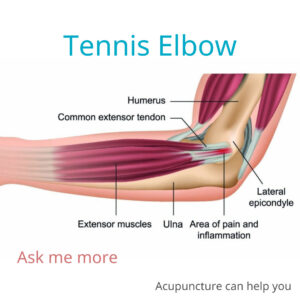
This disease often affects people who need to rotate their forearms, use them a lot, or carry heavy things. The main reason is that the tendon attached to the outer epicondyle of the humerus stretches too much. This occurs when someone straightens the wrist and pushes it to the radial side. This excessive stretching can cause some fibers at the tendon-bone junction to tear slightly.
When the patient makes a strong fist or twists their forearm, it can cause pain. This includes actions like twisting a towel, opening a door lock, or lifting heavy objects. Patients with elbow pain can do a test by themselves: place the forearm of the hand with elbow pain flat on the table, palm down.
Place the palm of one hand on the back of the affected hand. Ensure the forearm remains stationary. Turn the palm of the affected side upward to resist the pressure from the other hand. If you feel pain near the bones on the outside the affected elbow at this time, you are probably suffering from tennis elbow.
Tennis elbow might result from:
- Weight lifting
- Typing
- Raking
- Painting
- Knitting
- Tennis
- Racquetball
- Squash
- Fencing
- Carpentry
Symptoms of Tennis Elbow
Tennis elbow is a condition that causes pain around the outside the elbow. Here are some common symptoms:
- People usually feel pain and tenderness on the outer part of the elbow, and it can extend down to the forearm and wrist.
- Weak grip strength: You might notice a weakened grip, especially when holding objects like a racket, pen, or even shaking hands.
- Stiffness: The elbow may feel stiff, and you might find it difficult to fully extend your arm.
- Pain with certain movements: Activities like lifting, gripping, or twisting can make the pain worse. This includes actions like opening a jar or turning a doorknob.
Syndrome of TCM
Tennis elbow in TCM is called “elbow labor,” which belongs to the category of arthralgia. The treatment can differ according to the meridian syndrome differentiation. The primary pathogenesis is the stagnation of qi and blood stasis in the large intestine meridian of the hand Yangming and the meridian’s obstruction. The latest research and investigations in the Chinese medicine field show that tennis elbow patients can have the following four different TCM syndrome types:
1. Wind, cold and dampness blocking the collaterals
2. Qi stagnation and blood stasis
3. Damp-heat internal accumulation
4. Qi and blood deficiency
You may also want to read: What Does an Acupuncturist Do?
Who Are at This Disease Risk?
Tennis players playing tennis experience a relatively high incidence of tennis elbow, so people call it tennis elbow. In fact, badminton, table tennis, golf and other sports often cause tennis elbow. Also, electricians, woodworkers, housewives, and others who often move their arms and wrists can get this disease.
Acupuncture has a wide range of adaptability. But generally speaking, pregnant women and people with coagulation disorders should use acupuncture with caution.
Acupuncture for Tennis elbow
Tennis elbow acupuncture treatment focuses on pain relief and restoring function. Practitioners target specific points along the arm, wrist, and hand to alleviate tension in the muscles surrounding the elbow.
Throughout a session, practitioners position thin acupuncture needles at key points. This increase blood flow and encourages the body’s natural healing response. Many patients report immediate relief after just one visit.
Sessions typically last around 30 to 60 minutes, depending on individual needs. Most practitioners recommend healing process a series of treatments for optimal results.
Acupuncture can also reduce inflammation in the affected area. By promoting circulation, it helps flush out toxins that may contribute to discomfort.
If you are looking for an alternative to regular treatments, consider tennis elbow acupuncture. This is a mild yet efficient solution for treating tennis elbow. Discover the effect of acupuncture for tennis elbow pain.
Acupuncture Point for Tennis Elbows
Finding the right acupuncture points can significantly enhance the treatment for tennis elbow. You can find one important spot on the forearm muscles, about two finger widths from the wrist crease. This point helps alleviate pain and improve function.
Another effective area lies at the outer elbow. By targeting this specific location, practitioners aim to release tension built up in muscles surrounding the joint. Stimulating these regions encourages blood flow and promotes healing.
Additionally, acupuncturists often consider points on related meridians that connect with arm movement. These strategic placements help address both local discomfort and any underlying imbalances within your body.
Patients may feel different sensations during treatment. Some people might notice a slight tingling or warmth when the practitioner inserts the needles. This response shows that important areas activate energy. This helps relieve tennis elbow symptoms and supports overall well-being.
Exercise for tennis elbow
This stretch should be done throughout the day, especially before activity. After recovery, this stretch should be included as part of a warm-up to activities that involve gripping, such as gardening, tennis, and golf.
Step-by-step directions
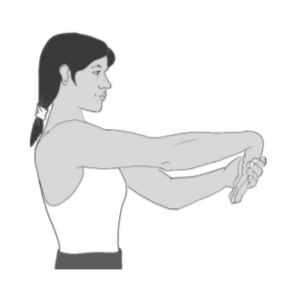
• Straighten your arm with your palm facing down and bend your wrist so
that your fingers point down.
• Gently pull your hand toward your body until you feel a stretch on the
outside of your forearm.
• Hold the stretch for 15 seconds.
• Repeat 5 times, then perform this stretch on the other arm.
Read More:
How Acupuncture Helps Cancer Patients?
Should Acupuncture Be Used For Neck Pain?
Reference
MacPherson H, Thomas K, Walters S, Fitter M.(2001) A prospective survey of adverse events and treatment reactions following 34,000 consultations with professional acupuncturists. Acupuncture in medicine, 19, 2, p.93-101。

